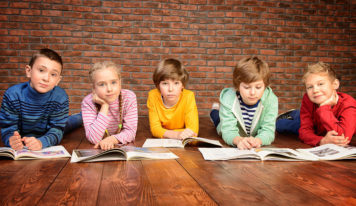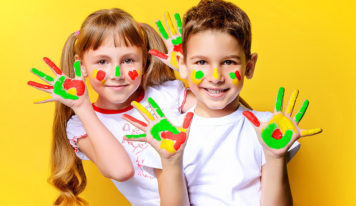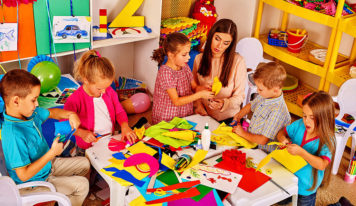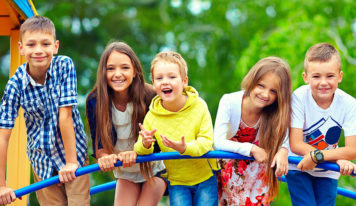In this article on the concept of good and evil for children, we will be following a series of steps which will, we hope, clarify how children see good and evil.
1. In the first section, we will begin by establishing if evil actually exists, touching on both secular and religious ideas.
2. We will then move onto looking at “good” and how we define good, looking at why we should be concerned with the topic.
3. To progress from there, since we are talking of children, we need to establish at what age children are aware of the concept.
4. Most aspects of a human exist because there is some evolutionary advantage to that part of our being. What are the evolutionary benefits of good or evil?
5. Do babies demonstrate an awareness of good and evil in a practical way?
6. From what viewpoint are we making these observations, scientific or religious?
After considering the above topics, we strip away the religious aspect of the issue and view it from a purely secular perspective.
Evil is the Lack of Good.
If we consider good and evil to be polar extremes of one continuous concept, and we can move seamlessly from one end of the scale to the other, we are inevitably lead to one conclusion. Good and evil are actually degrees of the same thing.
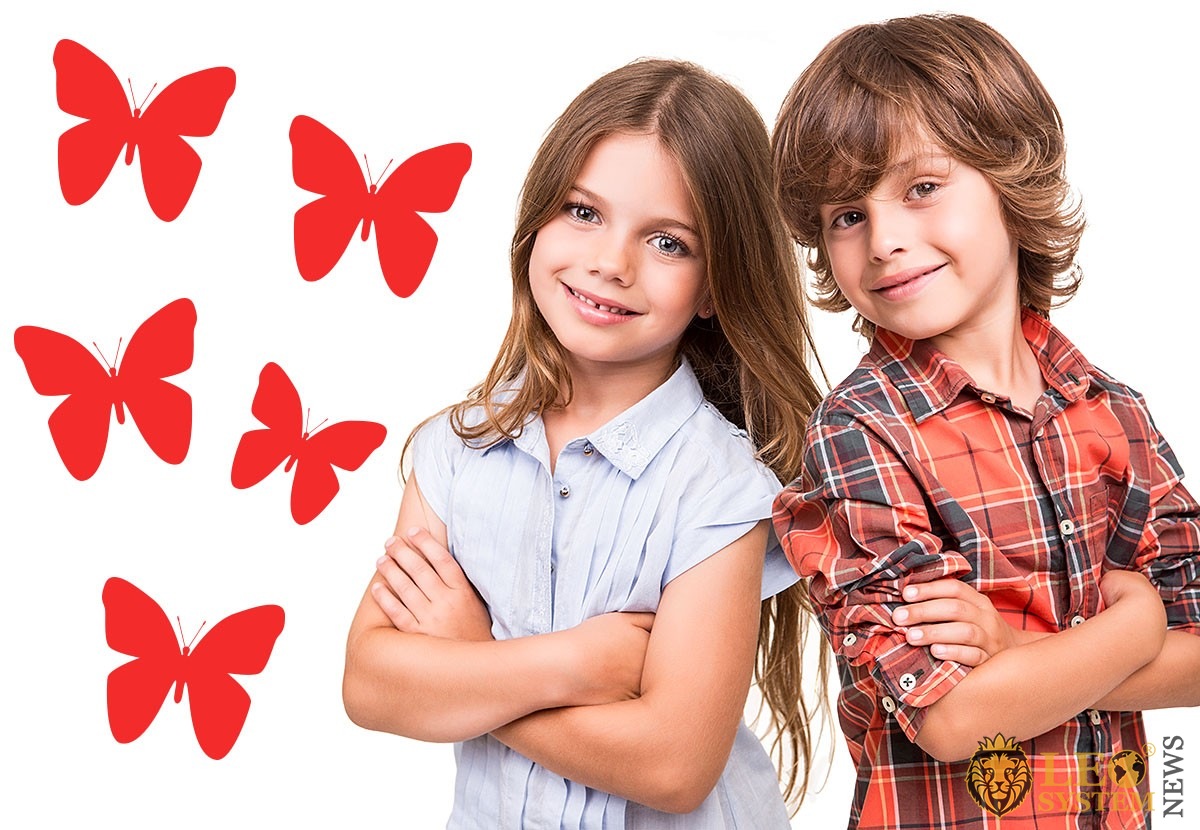
We have well, and then as we move further from the pinnacle of good, we become less good until there is no good left, and we call that point evil. If, on the other hand, we move from the depths of evil (the lowest point) and move further along the slider until there is no evil left, we describe that point as being good.
The conclusion, therefore, is that there is either no evil (just an absence of good); or no good, (just a lack of evil).
The problem is to understand what the original status of a human being is, and we will look at that in the next section.
Do Babies Know Good from Evil?
If we first look at the religious views on this, we have a conflicting opinion. Some religions say we are born with original sin. While others state that man is born free of sin and only learns to sin later.
Of the four Abrahamic religions (religions that trace back to Abraham), only Christianity believes that man is born as sinful. Judaism, Islam, and the Bahaí Faith believe that man is born pure and only learns sin later.
Since religions cannot decide among themselves, it makes sense to ignore religious views and concentrate on science.
Two main pieces of research have been done on this to answer the question of whether babies are born knowing “right from wrong.”
Since newborn babies would be impossible to use for research, the first piece of research looked at babies of three months. This work was undertaken by Yale’s “Baby Lab” where scientists carried out an experiment using puppets.
They showed the babies a scenario where one puppet was attempting to open a box. In this scenario, three different looking puppies took part. Puppet A was shown trying to open a box. Puppet B came along and helped puppet A open it. Then Puppet C slammed the box shut again.
When offered two puppets after the scene had entered, the babies selected the “Good puppet.” 80% of the time.
The second experiment featured two toy giraffe puppets. Previous research had shown that toddlers would watch something longer if they think something is not right. In the first scenario, the 19-month-old toddlers were shown a scene where each giraffe was given a similar ball. In the second scene, both balls were assigned to one giraffe, leaving the other without a ball.
The result was that 75% of the toddlers watched the second scene, where there was unfairness than the first scene. Thus proving that toddlers recognize and respond to injustice.
Babies Demonstrating Empathy.
In this example, we look at babies in a maternity ward. It has been recorded that children as young as one day will cry most when they hear other newborns crying. Researchers believe that this demonstrates that babies have the required tools to develop empathy.
From these three examples, we can see that there is an awareness of good and evil in babies from a very early age. It would be fair to assume from this that since they clearly have not been taught religion, that this awareness is an inherited skill, and that morality is inbuilt and religion does not instill this attitude.
Conclusion: Babies are born good.
Evolutionary Advantages of Inherited Ideas of Good and Evil.
Nature carries useful information in our genes. Information that is designed to give us the basic building block when we start our journey in life. There must, therefore, be some evolutionary advantage to being good over being evil.
One aspect of being good is how empathetic they are. In the last section, we saw that newborn babies are empathetic. Yawning is a form of empathy; we will respond if we see another human yawn by yawning ourselves, as do apes. Evolution seems to have shared this trait with both humans and our nearest species. So, it has to be for a reason.
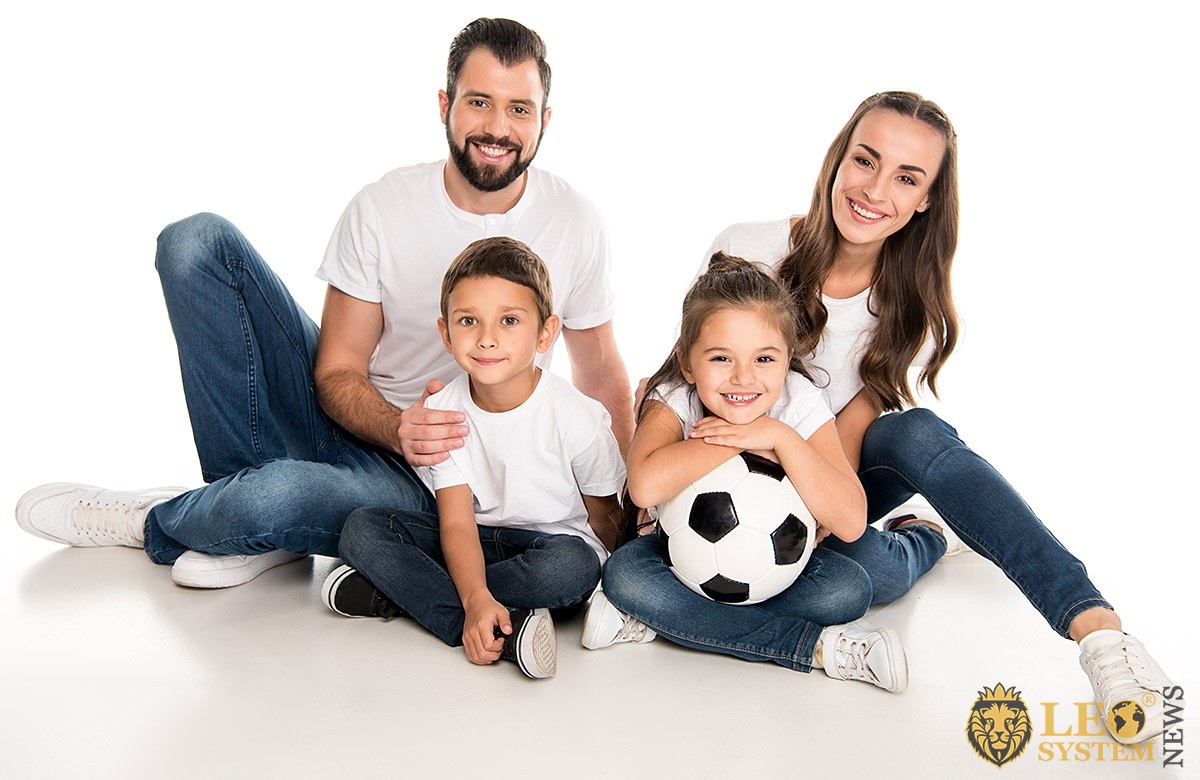
Empathy is an essential toolkit we are given by evolution. At first, it is demonstrated how babies cry (s we saw in the last section), but later it develops into ways that help to ensure the survival of our species.
Parents are drawn to protecting and nurturing their young instead of just considering their own needs.
How can we treat others well if we cannot imagine what they are feeling? How can we cooperate with others if we have no understanding of their needs?
As a society, we stand a better chance of survival if the other members of our group are healthy and happy.
Conclusion.
Babies inherit necessary empathy, which is the foundation for other aspects of being good. They inherit it because of the survival of the group and, therefore, ourselves, is reliant on having an understanding of how others feel.
All religions have recognized this and have sought to reinforce this natural trait by having similar teachings about being good. We call these teachings the Golden Rule, and pretty well, every religion will paraphrase the same instruction, “Do unto others as you would have them do unto you.”
When a child is bad/evil, it is merely a matter that their empathy has not been developed as well as in other children. They do not have some other trait called evil. Evil is just an absence of good.
The concept of good and evil for children is an instinctive behavior where they simply respond to instincts about what is good or bad, and over time those instincts will be reinforced by education.
Read an interesting post: How to Raise a Happy Child? Useful Tips from a Psychologist.




















